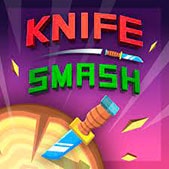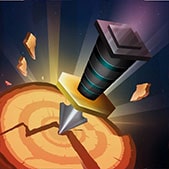In the dimly lit room, the atmosphere was charged with anticipation. The flickering candlelight cast eerie shadows on the walls, reflecting the intensity in the eyes of the participants. The air was thick with a mixture of nerves and excitement, as they prepared to engage in the ancient art of Knife games.
The room was adorned with an array of gleaming blades, each with its own story to tell. The participants were not just enthusiasts; they were skilled artisans, masters of their craft. They understood that Knife games were not merely a test of speed and accuracy, but a dance with danger itself.
As the first challenger stepped forward, a hush fell over the room. The onlookers held their breath, their eyes fixed on the intricate display about to unfold. The challenger’s hands moved with fluidity and precision, as the blade twirled effortlessly through the air. It was a mesmerizing sight, a symphony of steel and skill.
But Knife games were not just about the physical act of throwing blades. They were a battle of wits, a psychological duel between opponents. The participants analyzed their opponents, seeking the slightest hint of weakness, the subtlest flicker of doubt. It was a play of strategy and mind-reading, where one wrong move could mean disaster.



































































